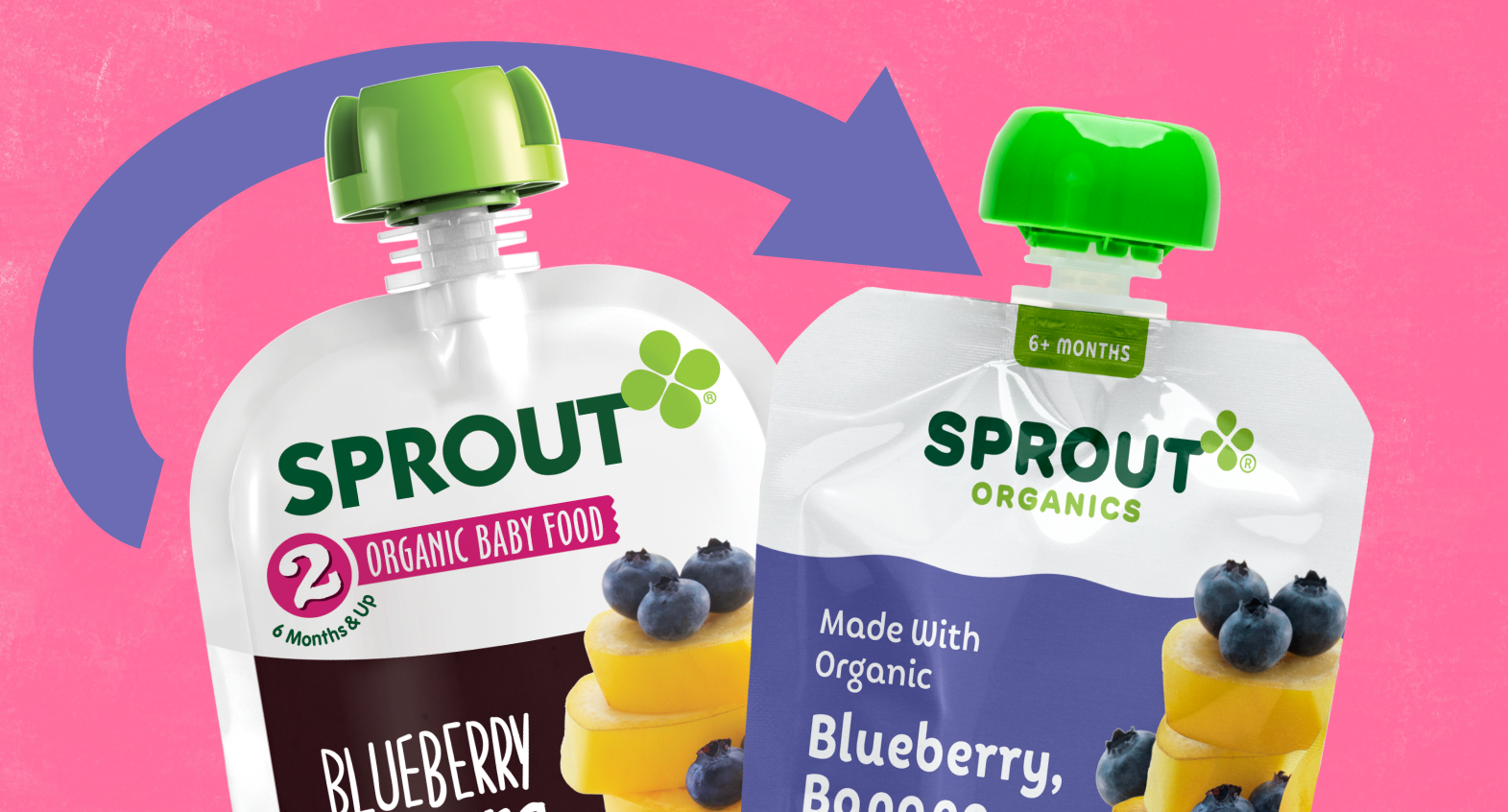*Squint* Label reading.... am I right? We only have so much time in the day, no more standing in the aisle making sure you didn’t miss anything important on that baby food label. Keep on reading as we break down Ages versus Stages, and what we’re doing to simplify your shopping experience.

What age recommendations are based on
The standard age recommendations are based primarily on consistency, ranging from thin purees to finger foods. Another factor to consider is the complexity of the flavors—babies new to solids can benefit from trying new foods one or two ingredients at a time, and this strategy can also help flag potential allergic reactions. You’ll notice that most of our pouches for 6+ months usually include 3-4 ingredients.

Basic stages to ages conversion
Stage 1 is for 4-6 months. It typically has one ingredient with a light consistency.
Stage 2 is for 6-8 months. These foods include a few ingredients, and the consistency gets a little thicker.
Stage 3 is for 9-12 months. These foods include blended purees and softer finger foods.
Stage 4 (AKA Toddler) is for 12 months and up. Your toddler will be a self-feeding pro with Sprout Organics snacks like Wafflez and Curlz. Plus, they’re ready to practice using utensils with tasty options like our Butternut Mac n Cheese and the Burrito Bowl.
Why we’re moving to ages, not stages
No more trying to remember exactly which months “Stage 2” is, we’re just coming out and saying it with simple verbiage like “6+ months.” Unless you are a seasoned pro at label reading, it’s easy to get a little overwhelmed when surveying the baby food aisle for the best options. This is why we’ve started to transition our packaging to be simpler, and this transition includes us simplifying the age guidance we provide.
You know best
What it really comes down to is that you know your little one the best. Every kiddo develops at different speeds, we are just here to offer (hopefully helpful) guidance to take out some of the guesswork. Always monitor your child closely when trying new foods and consult your pediatrician for advice.


